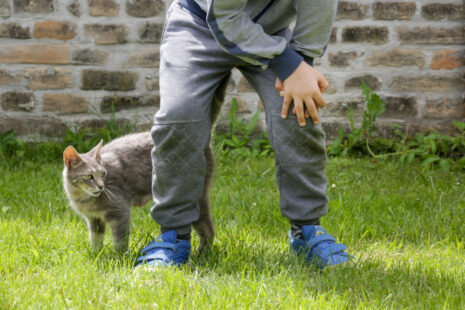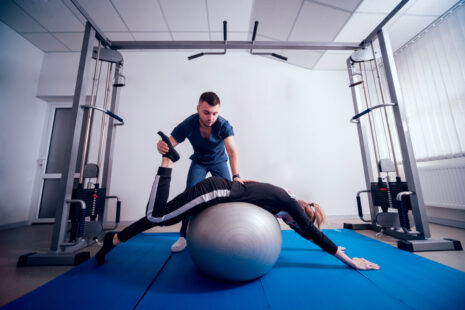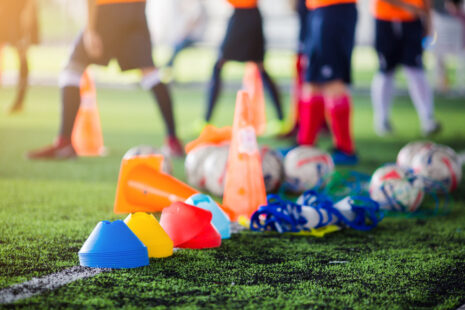The duration of physical therapy after ACL (anterior cruciate ligament) surgery can vary depending on several factors, including the specific type of surgery performed, individual recovery progress, pre-surgery fitness levels, and the recommendations of the surgeon and physical therapist.
However, a typical timeline for physical therapy after ACL surgery might look something like this…
- Initial Phase (Weeks 1-2) – Immediately after surgery, physical therapy usually focuses on reducing pain and swelling, restoring range of motion, and preventing muscle atrophy. Basic exercises like ankle pumps, quad sets, and gentle knee range of motion exercises may be prescribed.
- Early Rehabilitation (Weeks 3-6) – During this phase, physical therapy aims to gradually increase knee mobility, strengthen surrounding muscles (especially quadriceps, hamstrings, and calves), and improve weight-bearing ability. Exercises may include leg presses, step-ups, straight leg raises, and stationary bike riding. Some individuals may begin to wean off crutches or a brace during this phase.
- Intermediate Rehabilitation (Weeks 7-12) – In this phase, physical therapy intensifies to further strengthen the muscles around the knee, improve balance and proprioception, and restore functional movements. Plyometric exercises, agility drills, and sport-specific activities may be introduced to prepare the athlete for a return to sport.
- Advanced Rehabilitation (Months 3-6) – As strength and stability improve, physical therapy focuses on enhancing sports-specific skills, agility, and power. Athletes may begin to engage in more dynamic exercises, such as jumping, cutting, and pivoting, to simulate the demands of their sport. Emphasis is placed on improving neuromuscular control and reducing the risk of reinjury.
- Return-to-Sport (Months 6-9+) – The timing of return to sport varies widely depending on individual progress, sport-specific requirements, and the surgeon’s clearance. Athletes typically undergo rigorous functional testing to assess readiness for return to play. Even after returning to sport, ongoing physical therapy may be recommended to maintain strength, flexibility, and proprioception, and to reduce the risk of future injuries.
It’s important for individuals recovering from ACL surgery to work closely with their surgeon and physical therapist to develop a personalized rehabilitation plan tailored to their specific needs and goals. Compliance with the prescribed rehabilitation program, along with patience and persistence, is key to achieving optimal outcomes following ACL surgery.




